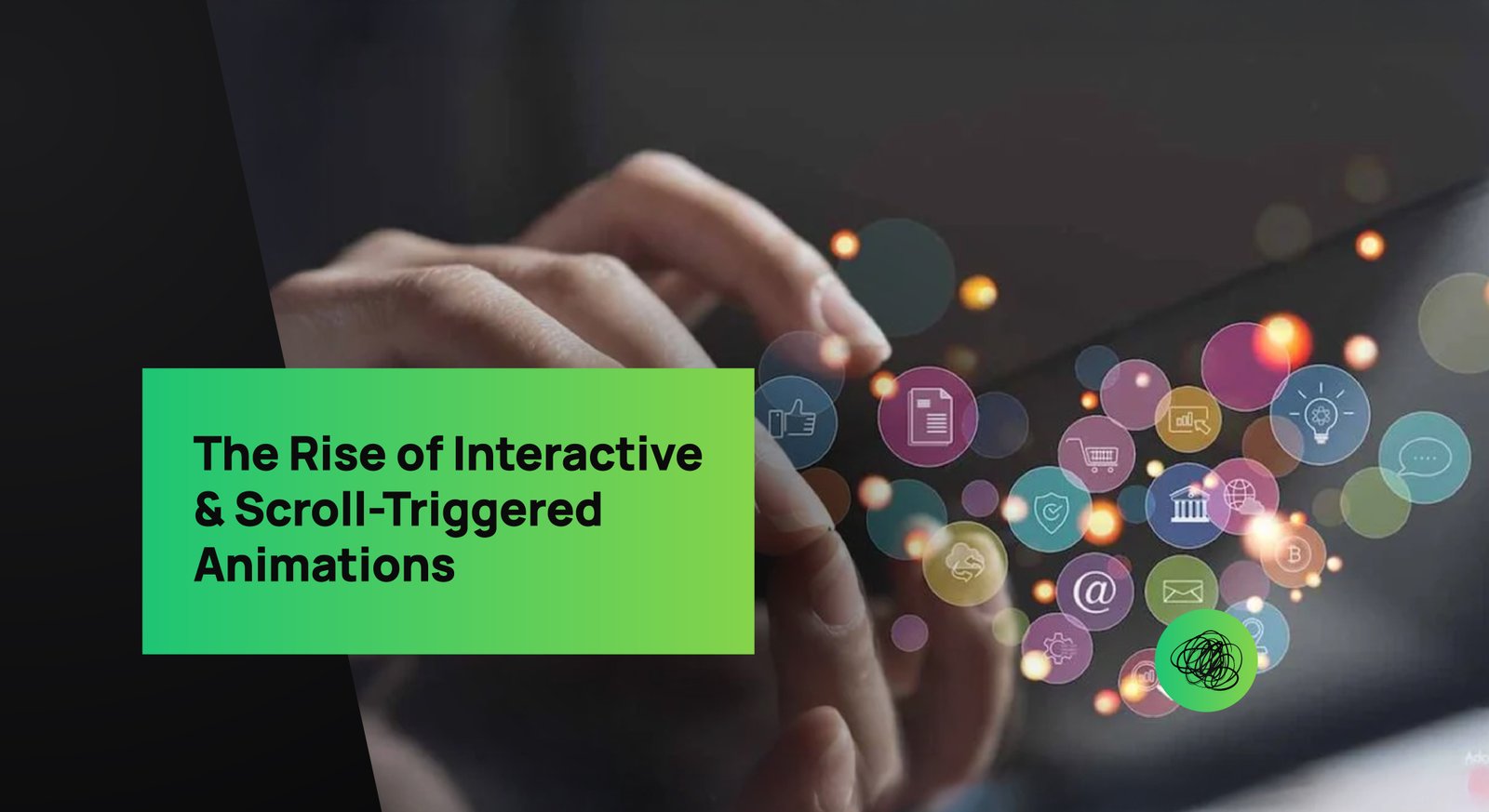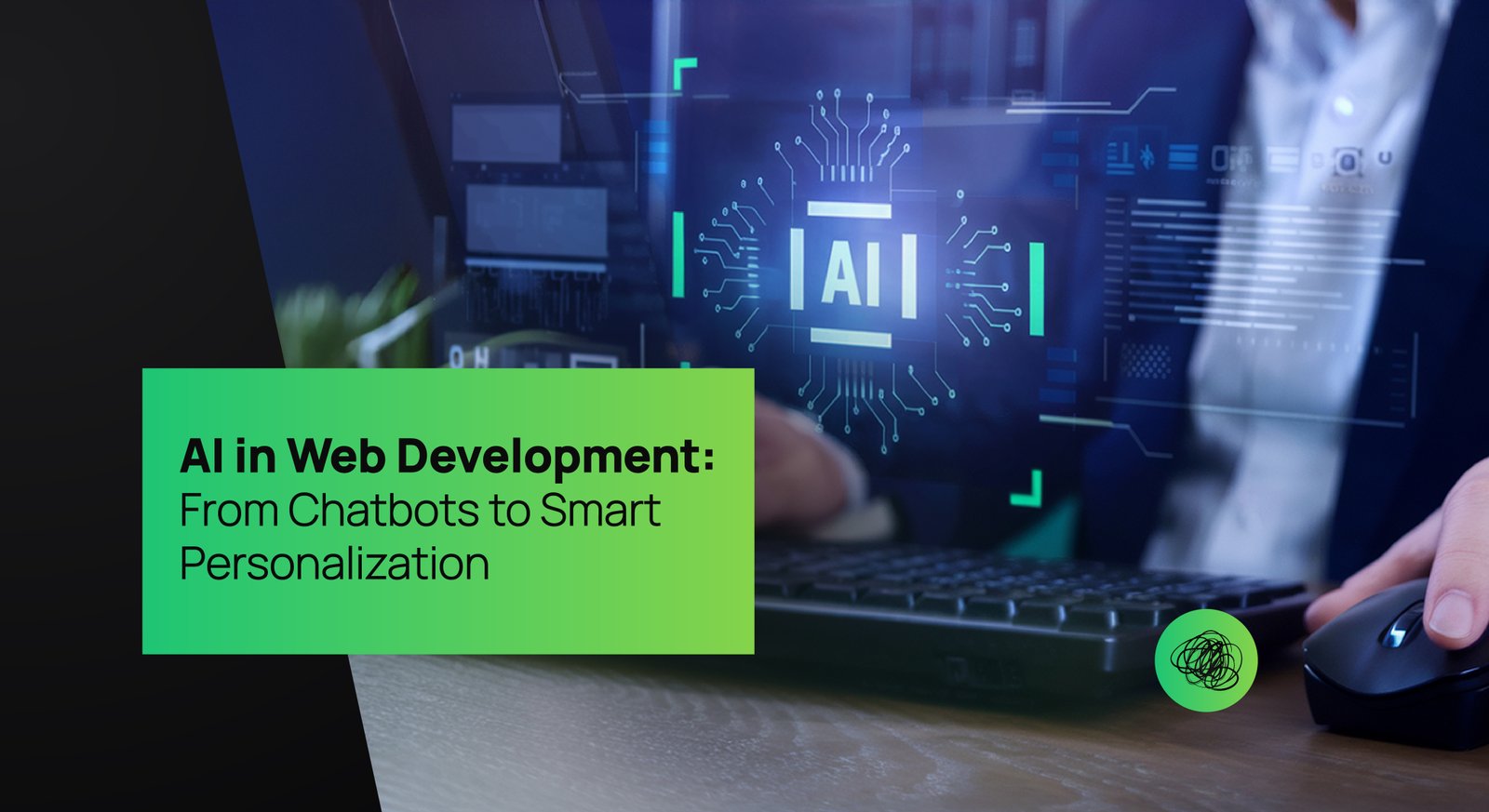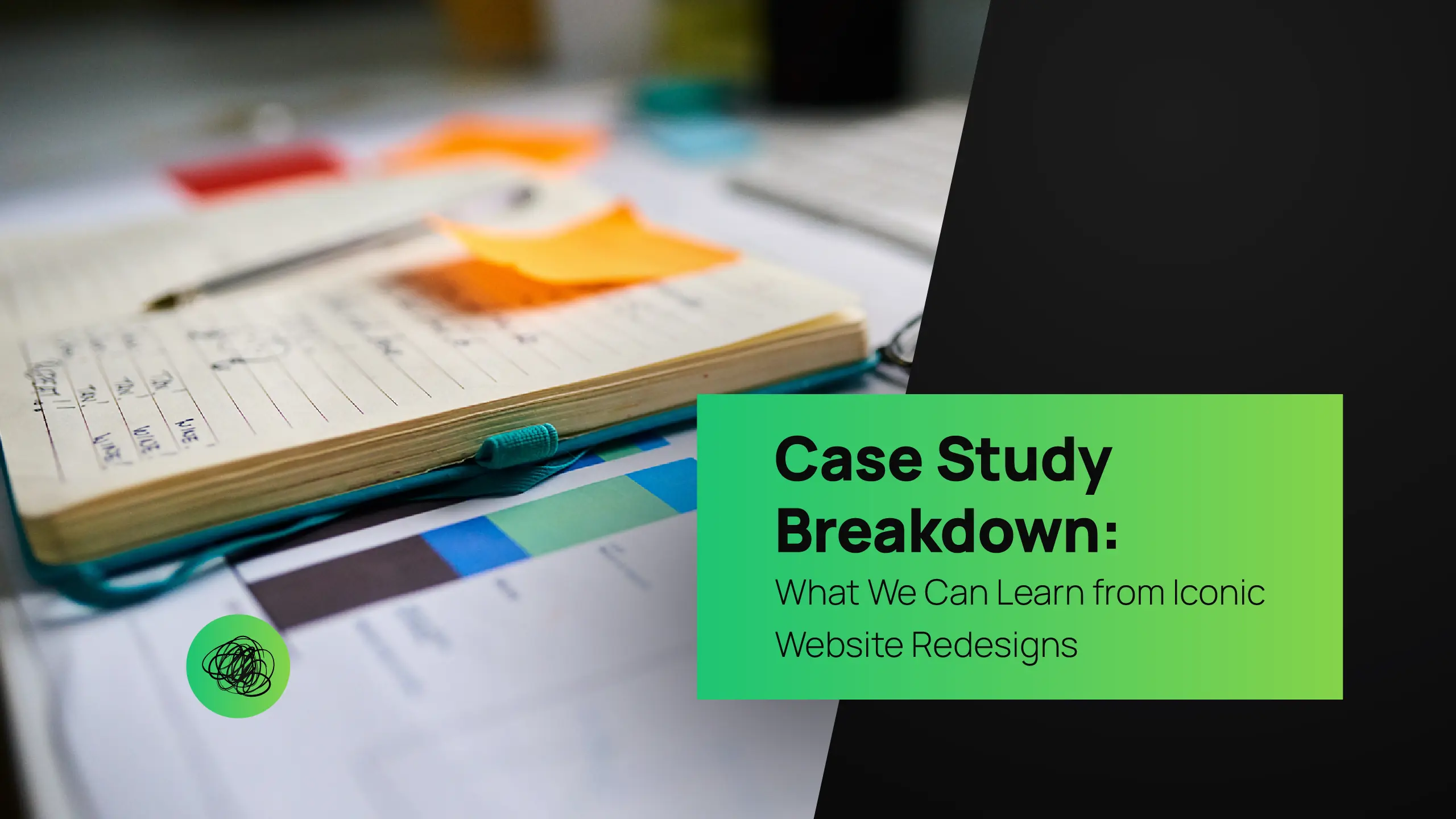If you’ve scrolled through a sleek modern website lately and felt like the page was responding directly to your fingertips, chances are you’ve experienced the magic of scroll-triggered animations. These subtle yet powerful design techniques have transformed the way users interact with websites. Gone are the days when a webpage was just a static brochure. Today, the web breathes, shifts, and tells stories as users scroll—thanks to interactive animations and creative applications of animation in web design.
At Thinkster, we’ve been closely tracking this rise because it’s not just a passing design trend. It’s shaping how brands connect with audiences, how stories are told online, and how user experience is crafted in the digital age. In fact, it’s safe to say that scroll-triggered animations aren’t just visual candy; they’re functional storytelling tools that can make or break how users perceive your brand.
Why Scroll-Triggered Animations Are More Than Just Eye Candy
When web designers first experimented with scroll-based effects, many saw them as flashy gimmicks. But like any good design element, they matured into purposeful experiences. Today, scroll-triggered animations help guide users down a page, direct attention to key messages, and create moments of delight that improve retention.
Think about it: scrolling is one of the most universal actions in digital life. Everyone scrolls—on desktops, on mobile, on tablets. What better opportunity to embed microinteractions in websites that reward the simple act of scrolling with engaging visuals? These animations make the journey down a page feel less like work and more like discovery. And in a world where attention spans are as short as a tweet, that’s a competitive advantage.
At Thinkster, we’ve seen how scroll-triggered animations, when done right, increase time spent on site and reduce bounce rates. Users are curious to keep scrolling because the page feels alive. That’s the difference between a visitor who leaves after five seconds and one who actually consumes your brand story.
Interactive Animations as the New Language of the Web

Interactive animations are now the grammar of modern digital storytelling. They add emphasis, rhythm, and tone. Instead of simply reading text or looking at an image, users are invited into a conversation. When combined with scroll-triggered effects, interactive elements create a flow where content reveals itself in sync with user actions.
Picture this: you scroll through a brand’s landing page, and instead of dumping information all at once, the story unfolds with smooth transitions, text that fades in as you reach it, or images that shift slightly with parallax. It’s almost cinematic, but in your browser. That’s animation in web design at its best—turning flat information into a living, breathing experience.
At Thinkster, we call it “design with personality.” It’s not just about what users see, but how they feel when they move through a digital space. When scroll-triggered animations and interactive cues are thoughtfully combined, websites become less like digital posters and more like guided tours.
The Psychology Behind Web Animations
Humans are wired to respond to movement. It’s why videos capture more attention than static images and why a tiny blinking notification keeps us hooked on apps. Web animations leverage this psychology by giving subtle visual cues that something important is happening.
But not all animations are equal. Overload a site with flashy transitions, and you overwhelm users. Underdo it, and the experience falls flat. The sweet spot is in crafting animations that feel natural and purposeful. Scroll-based effects are perfect here because they respond directly to user behavior. Every movement feels earned—scroll a little further, and you get rewarded with new content, a smooth fade-in, or an unexpected but delightful microinteraction in websites.
Thinkster works with brands to use animation in ways that enhance storytelling rather than distract. A good web animation doesn’t shout; it whispers, nudges, and gently guides attention to where it matters. That’s how design psychology meets business goals.
The Business Case for Animation in Web Design
For brands, investing in animation in web design isn’t just about aesthetics—it’s about conversion. In a crowded digital marketplace, websites are often the first impression of your brand. A dull, static page can make you look outdated, while a dynamic, interactive site signals innovation and creativity.
Thinkster has helped businesses see tangible results from scroll-triggered animations. By adding storytelling layers through interactive animations, brands are able to:
- Increase user engagement by making content more interactive.
- Highlight calls to action in a way that feels organic, not forced.
- Reduce bounce rates as users are motivated to keep scrolling.
- Create stronger emotional connections, leading to higher conversions.
The bottom line? Scroll-triggered animations aren’t just pretty; they’re persuasive. They can directly influence customer behavior, and when your competitors are still stuck with static designs, that’s a strategic edge.
How Scroll-Based Effects Shape Storytelling

The rise of scroll-based effects represents a shift from passive to active storytelling. Instead of simply placing information on a page, brands can now choreograph how the story unfolds. A product reveal can be dramatic, a case study can feel like a journey, and a portfolio can showcase work with flair.
Thinkster often likens scroll-triggered animations to stage lighting. In theatre, lighting isn’t just functional—it sets mood, directs attention, and creates emotional impact. Similarly, scroll-based effects allow designers to “light up” key parts of a webpage at the right time, ensuring the user’s focus aligns with the brand’s priorities.
This transforms brand storytelling into a dynamic performance. Every scroll is a cue, every animation a scene change. And unlike theatre, where the audience sits passively, in web design the audience holds the script in their hands. They control the pace, but you control the reveal. That’s powerful.
Microinteractions: The Unsung Heroes of User Experience
If scroll-triggered animations are the main actors, microinteractions in websites are the scene-stealing side characters. They’re tiny, often overlooked animations that provide instant feedback—a button that changes color when clicked, a loading spinner that feels playful, or an icon that bounces gently when hovered over.
Individually, microinteractions may seem insignificant. But collectively, they add up to an experience that feels polished, intentional, and user-friendly. In fact, users often can’t articulate why a website feels so intuitive—it’s usually because of the invisible hand of microinteractions.
At Thinkster, we see microinteractions as a brand’s digital manners. They’re small gestures that make visitors feel acknowledged, guided, and cared for. When paired with scroll-triggered animations, these details elevate a site from functional to unforgettable.
Trends Driving the Popularity of Web Animations

So why are web animations exploding in popularity right now? A few factors stand out. Faster internet speeds and more powerful devices mean designers can push visual creativity without slowing down performance. Frameworks and libraries have also made it easier to build smooth, responsive animations without reinventing the wheel.
But perhaps the biggest driver is user expectation. Today’s audiences are used to slick app experiences and cinematic digital environments. They expect websites to be equally engaging. Static pages feel outdated; interactive animations feel modern.
Thinkster taps into this trend by blending performance with personality. We create animations that load quickly, work seamlessly on mobile, and stay aligned with a brand’s tone. The future of web design isn’t just beautiful—it’s reactive, immersive, and alive.
The Future of Scroll-Triggered Animations
Where do we go from here? As design trends evolve, scroll-triggered animations will likely become even more immersive, blending with technologies like WebGL, 3D graphics, and even AI-driven personalization. Imagine a website that not only reacts to your scroll but adapts based on your behavior in real time.
But the principles will remain the same: purpose-driven design, storytelling through interaction, and user-focused experiences. At Thinkster, we believe the future of animation in web design isn’t about showing off what’s possible—it’s about using animation strategically to create meaning.
Tomorrow’s users won’t just scroll through websites; they’ll explore them like interactive narratives. And brands that embrace this shift will have a serious advantage in winning attention and loyalty.
Thinkster’s Take: Designing for Humans, Not Just Screens
At the end of the day, scroll-triggered animations aren’t about fancy code or clever effects. They’re about humans. They’re about crafting experiences that feel intuitive, engaging, and memorable.
At Thinkster, we bring together design, psychology, and strategy to make sure animations serve a bigger purpose: telling your brand’s story. Whether it’s subtle microinteractions in websites, bold scroll-based reveals, or immersive interactive animations, we make sure every movement is meaningful.
Because here’s the truth: users don’t remember static websites. They remember experiences. And in today’s digital-first world, experience is everything.
Conclusion: Don’t Just Scroll—Engage
The rise of scroll-triggered animations signals more than a design shift; it’s a cultural one. Users no longer accept being passive consumers of digital content. They want to interact, explore, and feel part of the story.
For brands, this is an opportunity—and a challenge. Get it right, and your website becomes a destination users remember. Get it wrong, and you risk overwhelming or alienating them. That’s why working with a partner like Thinkster matters. We don’t just animate websites—we animate stories, values, and customer journeys.
So the next time you scroll through a site that feels alive, remember: it’s not just design, it’s strategy in motion. And if you’re ready to bring that magic to your brand, Thinkster is here to make it happen.



